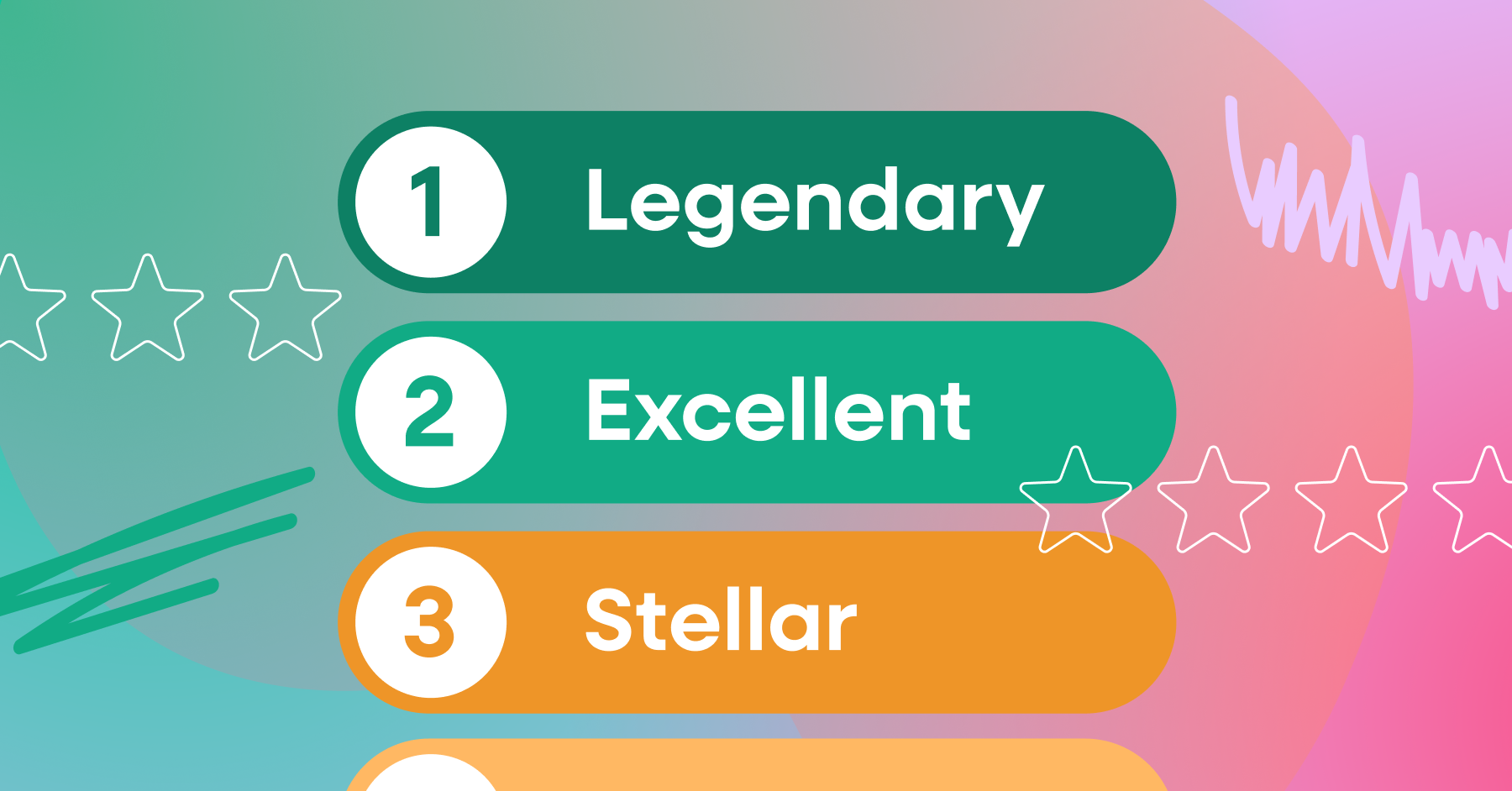
Fraudulent domains are impersonating open-source projects, creating security risks and confusion. Our investigation uncovered the scale and impact.

Fullstory versus Quantum Metric, which platform offers true autocapture and the fastest answers with less manual effort?

Learn how to shift from a reactive support center to a proactive, insights-driven engine that benefits your entire organization.

Stop shipping without visibility into real-world impact. Explore four analyses designed to solve expensive problems and turn uncertainty into action.

Introducing AI-labelled Elements and AI-labelled Pages. Your team can now get to the "why" behind user behavior, faster than ever.

Explore how to power iGaming gamification with player behavioral data to build lasting loyalty, reduce churn, and increase player lifetime value.

Providing fast and accurate insight into your users' mobile activities is crucial to staying competitive. Learn how mobile analytics tools can help.

Learn how to transform raw user events into powerful, ML-ready features.

Learn how your team's digital tools directly impact employee morale, company costs, and the customer experience.